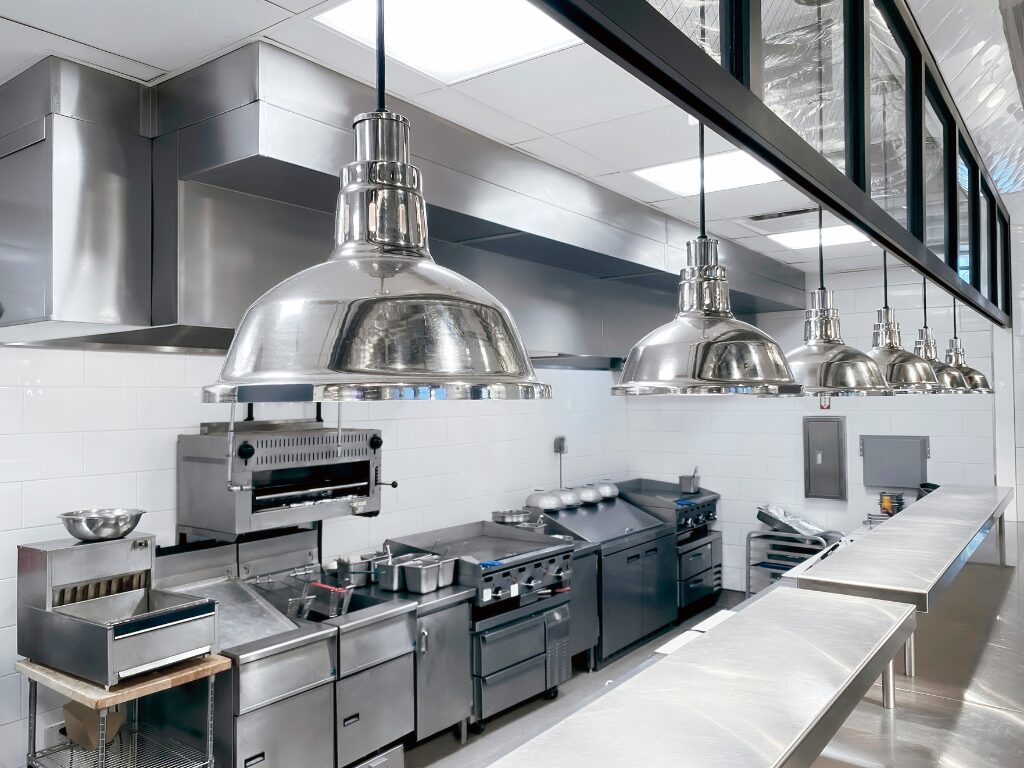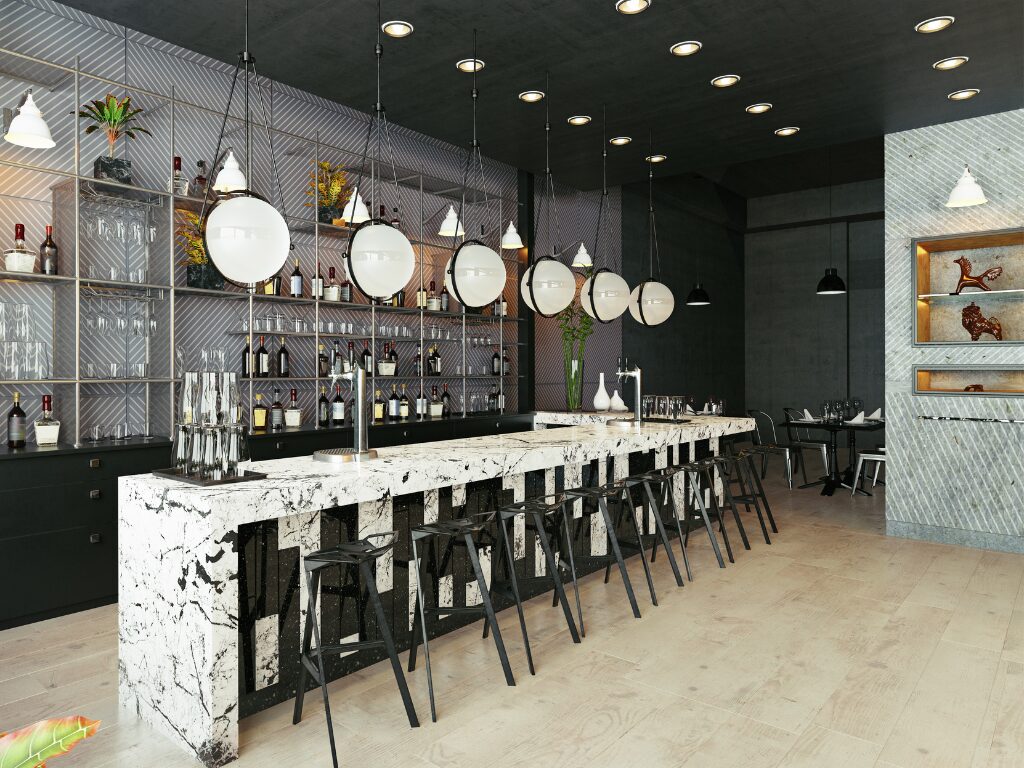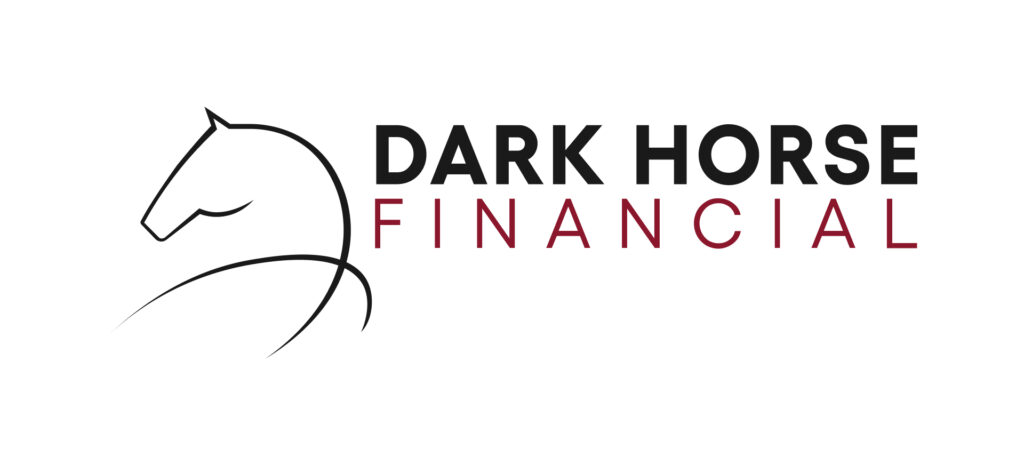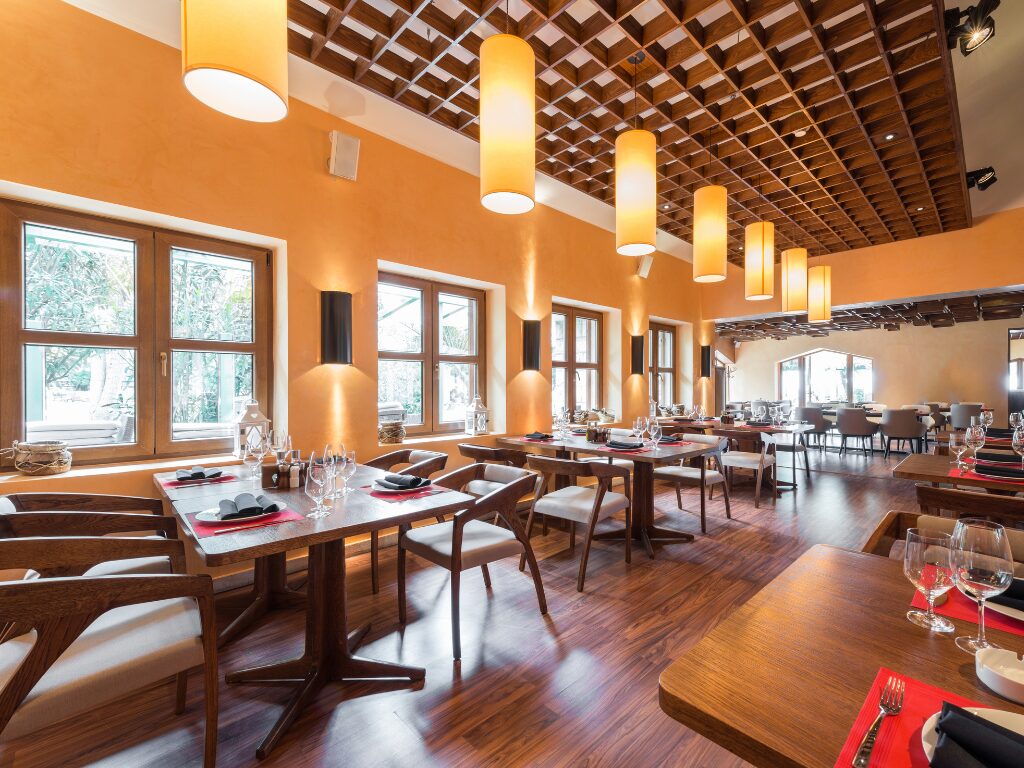Key Takeaways
- Fitout finance helps businesses fund the design, construction, and furnishing of commercial spaces without depleting working capital.
- A traditional term loan, which can be secured on unsecured, provides a lump sum you can use for fitouts. This is ideal for businesses with clear budgets and timelines for their projects.
- A business line of credit is a flexible type of financing that allows businesses to draw funds as needed, perfect for managing ongoing or unpredictable fitout costs.
- Equipment finance is a specialised financing for purchasing fitout-related equipment, preserving cash flow while spreading costs over time.
- Asset-based finance allows you to borrow against the value of your existing assets, suitable for those with strong assets that can be used for security.
- A second mortgage is a loan secured against the equity of your property, offering large loan amounts for fitout purposes.
- When selecting the best fitout finance solution, consider the scope of your project, your eligibility, repayment capacity, terms, and rates.
- Consult with financial experts, like Dark Horse Financial, to find the ideal financing option tailored to your business needs.
When it comes to setting up or renovating a commercial space, one of the largest expenses you’ll make is the fitout. Whether you’re opening a new business or renovating an existing one, the costs associated with fitouts can be substantial. That’s why many businesses turn to fitout financing to set their plans into motion. Understanding the types of fitout finance available can help you make informed decisions and ensure that your project is completed on time and within budget. This article will set out what fitout finance is and the various fitout financing options available to business in Australia.
Fitout Finance Explained
What is fitout finance? Fitout finance refers to the various funding solutions available to businesses to cover the costs associated with designing, constructing, and furnishing a commercial space. This can include everything from interior design and construction to purchasing furniture, fixtures, and equipment. Fitout finance is particularly useful for businesses that want to preserve their working capital or spread the cost of their fitout over time.
Fitout finance can be used for a variety of commercial spaces, including:
- Retail stores
- Restaurants and cafes
- Offices
- Medical practices
- Gyms and fitness centres
- Hotels and hospitality venues
The type of fitout finance you choose will depend on your business’s financial situation, the scope of your project, and your long-term goals. Let’s explore the different ways to finance your fitout.
Types of Fitout Finance
There are several ways to finance your fitout, each with its own set of advantages. Here are some of the most common options:
1. Term Loans
Traditional term loans are one of the most straightforward and widely used forms of fitout finance. With this option, you borrow a lump sum of money from a lender and repay it over a fixed term, typically with interest. These loans usually have terms ranging from 1 to 10 years, depending on the lender and the amount borrowed, but can be longer. Term loans can either be secured or unsecured, with secured options generally offering lower interest rates and potentially higher loan amounts. Meanwhile, unsecured loans offer speed, making them convenient for businesses with a deadline to follow. Term loans are best for businesses with a clear budget and timeline for their fitout project.
Advantages:
- Predictable repayments make budgeting easier.
- Suitable for large fitout projects with significant upfront costs.
- Funds can be used for a wide range of fitout expenses.
2. Business Lines of Credit
A business line of credit is a flexible financing option that allows you to access funds up to a predetermined limit. You only pay interest on the amount you draw, making it an excellent choice for businesses with ongoing or unpredictable fitout expenses. As you repay the borrowed amount, your available credit is renewed, allowing you to use the amount again. Many lines of credit are unsecured, making it an accessible option. This type of financing is best for businesses that need ongoing access to funds or have variable fitout costs.
Advantages:
- Flexibility to draw funds as needed.
- Ideal for managing cash flow during a fitout project.
- Can be used for other business expenses beyond the fitout.
3. Equipment Finance
If your fitout project involves purchasing specialised equipment, such as kitchen appliances for a restaurant or IT systems for an office, equipment finance is the ideal solution. This type of finance allows you to spread the cost of equipment over time while using it immediately.
Here are some of the ways you can finance equipment for your fitout:
- Chattel Mortgage: The equipment serves as the security for the loan, with the borrower taking ownership of the equipment upon purchase
- Finance Lease: The lender owns the equipment and the borrower rents it for a certain period. After the term, the business can decide whether to extend the lease or purchase or return the equipment.
- Operating Lease: The lender owns the equipment and leases it to the business for a shorter term, without the option to purchase after the term is up.
- Hire Purchase: The business makes regular repayments to a lender with the intention of owning or purchasing the equipment at the end of the term. Usually comes with a balloon payment.
Advantages:
- Preserves working capital by avoiding large upfront costs.
- Often tax-deductible, reducing your overall tax liability.
- Upgrades to newer equipment made easier

4. Asset-Based Finance
Asset-based finance allows you to borrow against the value of your existing assets, such as equipment or property. This type of financing is particularly useful for businesses with valuable assets but limited cash flow. The loan amount is based on the value of your assets.
Advantages:
- Access to larger loan amounts based on asset value.
- Can be used for a wide range of fitout expenses.
- Suitable for businesses with strong assets but limited cash.
5. Second Mortgages
If you own property, a second mortgage can provide the funds needed for your fitout project. This involves taking out a loan against the equity in your property, which is then used to finance the fitout. The loan amount is determined by the equity in your property. If you have enough equity, you can finance a major renovation or fitout project.
Advantages:
- Access equity in your existing property
- Large loan amounts available, depending on property equity.
- Long repayment terms reduce monthly repayments.

Choosing the Right Fitout Financing Option
With so many types of fitout finance available, choosing the right option for your business can be challenging. Here are some factors to consider when making your decision:
Project Scope and Budget
The first step in choosing the right fitout financing option is to determine the scope of your project and your budget. Consider the total cost of your fitout, including design, construction, furniture, and equipment. This will help you determine how much funding you need and which financing options are most suitable.
Eligibility Requirements
Some financing options may have specific eligibility requirements, such as a minimum credit score, business revenue, or years in operation. To understand which lenders and loan products are available to you, consult lending experts like Dark Horse Financial. We can find solutions that are tailored to your specific needs and situation.
Interest Rates and Fees
Interest rates and fees can vary significantly between financing options. We can help you by comparing the total cost of each option, including any upfront fees, ongoing charges, and potential penalties for early repayment. We’ll help you choose the most cost-effective option for your business.
Final Thoughts
Fitout finance is essential for businesses looking to create or renovate commercial spaces without straining their cash flow. By understanding the types of fitout finance available, you can choose the option that best suits your business’s needs and ensures the success of your project.
Kick-Start Your Fitout Project Today
We specialise in helping businesses secure the best fitout finance solutions. Our team of experts can guide you through the process, from selecting the right type of fitout finance to securing the best rates for your loan. Reach out today to learn more.




